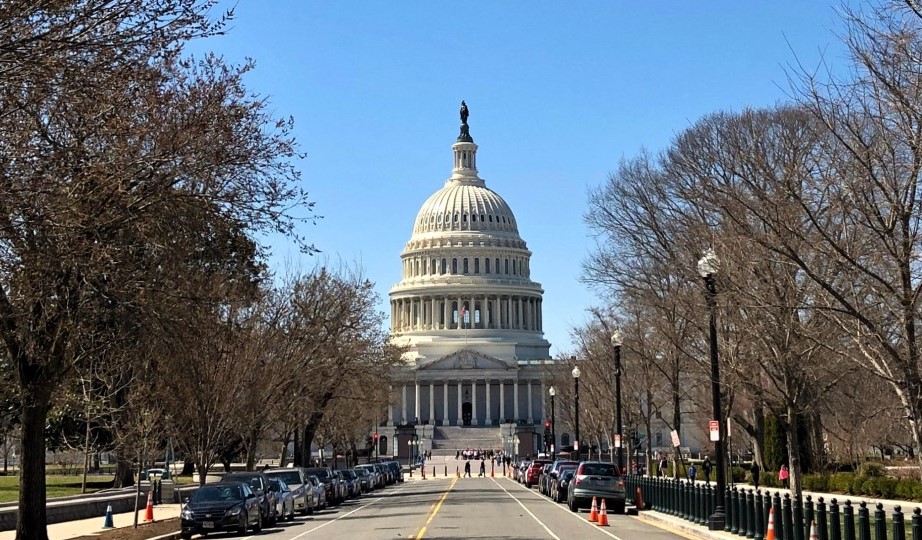
Most of our columns discuss this precise situation: One party expected something from a contract, failed to achieve its expectations, and then asked a court to help. We suspect that most readers evaluate our description of the dispute, and then have a strong sense of which party should win or lose. Let’s see how you will do with this month’s case, D2 Excavating Inc. v. Thompson Thrift Construction Inc.
The Case
Thompson Thrift Construction Inc. was the general contractor on a new apartment complex in Corpus Christi, Texas. It solicited a bid from D2 Excavating Inc. for site grading and excavation. Thompson sent D2 documents that included proposed contract terms, a topographical survey of the site, and the planned final elevations. This included Thompson’s standard template subcontract, which stated, among other things, that: “This is a balanced site. It shall be this subcontractor’s responsibility to balance site. Change orders for import/export will not be accepted.” Balanced, in this type of project, means that the amount of soils excavated will equal the amount needed to grade the site, thus minimizing the amount of soils to be imported or exported.
Despite what Thompson represented in the subcontract, Thompson did not actually determine whether the site was balanced. The site was impacted by two months of heavy rain and, D2 later claimed, Thompson was eager to begin construction as soon as the rain ceased. So rather than physically examining the site, D2 used a software program to determine that the site was balanced, the inputs for this analysis coming from the topographical survey Thompson provided. After performing its simulations, D2 agreed to do the excavation and signed the subcontract.
Shortly after D2 began excavating, it became clear that the site was not balanced and that D2 would have to remove soil from the site. The parties disagreed over why this was the case. Thompson argued that the imbalance was due to D2’s inaccurate computer analysis, D2’s excess import of fill, or D2’s over-excavation. D2 argued that the topographical survey was flawed. The parties negotiated, and Thompson ultimately agreed to cover D2’s costs for the additional work and issue a written change order once all the work was done.
Based on this, D2 continued excavating. Thompson repeatedly asked D2 to re-excavate and regrade areas that other subcontractors’ activity had disturbed. While D2 did this, it eventually became concerned that Thompson would not actually pay for this work. The parties negotiated again, and when it became clear that Thompson was not going to pay additional amounts for the removal of soil, D2 stopped working, with 98.6% of the excavation having been completed.
D2 sued for breach of contract in a Texas federal court, asking for approximately $258,000 for excess excavating work. Thompson filed an unsuccessful motion for summary judgment, which argued that D2 bore the risk that the site might be unbalanced. The court found for D2 on all its claims and also awarded D2 more than $350,000 in legal fees. Thompson appealed this decision to the 5th Circuit Court of Appeals.
The Appeal
The primary issue before the 5th Circuit was Thompson’s argument that D2 bore the risk that the site might be unbalanced and could not recover additional monies for any excess excavation work. Regrettably for D2, the 5th Circuit agreed with Thompson.
The court looked first to Texas case precedent interpreting an 1899 contract to construct a building in San Antonio. This case found that “the party doing the work bears the risk that it will end up being more difficult than anticipated unless the contract shifts that risk to the buyer of the services.” As stated by the court, this rule “flows from the basic contract principle that ‘where one agrees to do, for a fixed sum, a thing possible to be performed, he will not be excused or become entitled to additional compensation, because unforeseen difficulties are encountered.’”
In assessing the facts of this case, the 5th Circuit determined that the excavation subcontract did not allocate to Thompson the risk that the site would be unbalanced. Rather, it placed this risk on D2. The court looked at the language of the subcontract, in which D2 agreed that it had “visited the Project site, become familiar with local conditions under which the Work is to be performed and correlated personal observations with requirements of the Contract Documents.” D2 also represented under the subcontract that it would “evaluate and satisfy itself” about a number of conditions, including “the location, condition, layout, and nature of the Project site and surrounding areas.” Finally, the subcontract stated that D2 would not be “entitled to an adjustment in the Contract Price or an extension of time resulting from (its) failure to fully comply” with those conditions.
On the basis of these provisions, the 5th Circuit found that, “Someone has to bear the loss of additional costs … and the excavation contract did not shift those costs to Thompson.”
D2 argued that the subcontract did not explicitly state that D2 assumed the risk. The court did not find this compelling. “(E)ven if the language we just cited does not assign the risk to D2, the contract must say that Thompson assumed the risk that the project would require removing more dirt than the plans predicted. It does not.”
The 5th Circuit acknowledged that a valid modification of the contract by a change order could have made Thompson liable. However, it stated that change orders, like any modification, must satisfy the normal requirements of a contract: “a meeting of the minds supported by consideration.” The oral change order between Thompson and D2 lacked what is called “consideration,” or the exchange of legal value. “D2 acknowledges that the alleged consideration was its exporting excess soil,” the court stated. “The original contract already obligated D2 to do so without any compensation beyond the contract price. Hauling the dirt, therefore, cannot serve as consideration. The oral change order is void.”
The Analysis
We wonder how many civil engineers would expect that result. We surely did not. The language in the subcontract about visiting the site, et cetera, is standard language in many construction contracts and has rarely been used to defeat claims in situations like this. That it was done here is particularly unusual, given other findings by the lower court — and cited by the 5th Circuit — that Thompson itself never checked to see that the site was balanced when it made that representation in the subcontract and that D2 did not physically examine the site, in part because of the rain and schedule pressures.
It would be one thing for D2 to have done nothing to verify that the site was balanced. There are some courts that would find that a party like D2 would have to show some reasonable due diligence. But one might ordinarily think that the steps D2 took before signing the contract — such as running a computer simulation using data furnished by Thompson — would be deemed sufficient to shift the risk of the problem to Thompson. Obviously, this court did not.
The other troubling piece of this decision is the fact that the parties agreed during the course of the project that the over-excavation was extra work and that D2 would be paid. Consideration certainly is a necessary component of every contract. But the parties clearly seemed to have a meeting of the minds on this issue, and D2 relied upon what Thompson said when it continued to do work. Looking at the equities, it would certainly seem that this should have turned the result in D2’s favor.
What are the lessons learned from this case? One easy one is that litigation is unpredictable, and you never know what a court will do. Another is the potential precedential value of this case. The 5th Circuit Court of Appeals is just one level below the U.S. Supreme Court. Decisions by U.S. Circuit Courts of Appeals carry a great deal of weight, and while this decision was based on Texas law, who knows how it may be used in the future? Readers should keep in mind that Texas law does have some variants on both Spearin Doctrine liability and differing site condition remedies that need to be understood if one is doing business there.
Finally, if a potential client like D2 came to our office before signing the contract and presented this to us, what would we advise? Visit the site, come hell or high water? Before this case, probably not. The computer modeling would probably have been enough of a reasonable investigation. Now? We probably would recommend a visit.
This article first appeared in the December 2020 issue of Civil Engineering.





